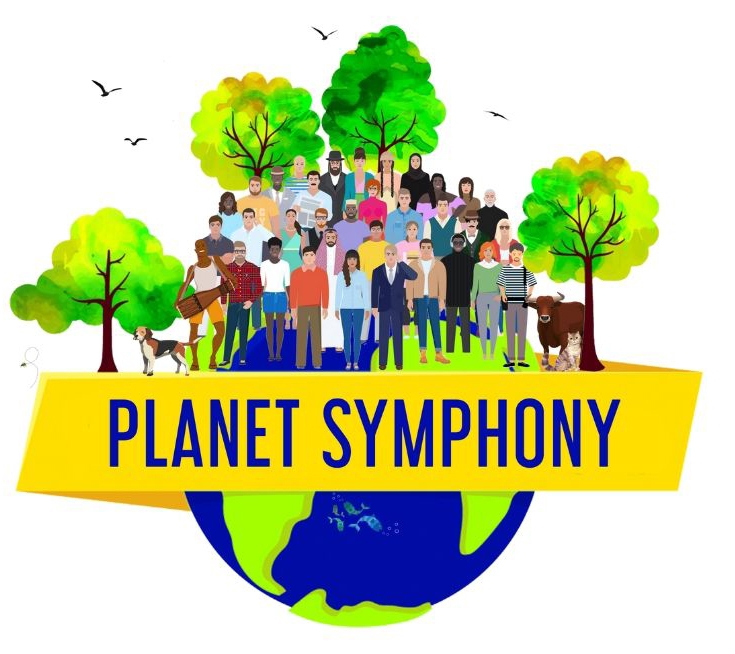Western Classical and Jazz approach to chords are based on sophisticated principles of functionality. Since Melharmony is about exploring chords based on melodic progression of the music, the melharmonic approach includes a study of sophisticated aspects associated with a given mode (raga). Violinist Yehudi Menuhin explains how “the extraordinarily sophisticated melodic structures and ornamentation in systems like Indian music have retained their clarity and complexity because they have never been drowned in harmony.”
Fundamental requirements
At the fundamental level, a Melharmony Scholar exploring melodic progressions in mode-centric systems like Indian music must have a thorough understanding of the (a) scale of a given mode as well as its (b) prescribed & permitted sequences. At a more advanced level, one needs to know a raga’s ornamentation (like glides and oscillations), prominent notes and key phrases. Then one must explore harmonic solutions that can be applied by anyone to protect and project the life and spirit of the raga. This makes Melharmony not only distinctive but also opens up new melodic and harmonic vistas for compositions in Western Classical or Jazz/Rock and other systems as well as improvisation in the jazz/rock arenas.
Functionality with a difference
In Western music, a chord progression has specific functionality and as Schoenberg notes, a progression is distinct from just a succession, which need have no specific aim. However, Melharmony Theory rests on melodic principles where succession itself plays an important function. Thus a composer used to Western Classical/Jazz chord progression will be looking at these with an extra perspective which has three fundamental tenets:
(a) create chords or counterpoints projecting the spirit of the mode (or raga) involved
(b) Avoid blind use of triads that deviate or detract from the melodic rules which is very difficult in practice since many modes have non-straight ascending or descending sequences (arohana/avarohana).
(c) ensure that the chords and counterpoints are palatable from a Western standpoint
Any student or composer already cognizant of fundamental principles of harmony would be able to create music by combining the principles of melodic system which starts with an intimate acquaintance with the basic features and spirit of various modes. Conversely those familiar with melodic systems will be able to create vertical layers of music studying essential principles and techniques of harmony.
However, in order to do this, one must be aware of at least some of the major issues that need to be resolved between the varying approaches of different systems in world music.
Background
Melharmony theory was initiated by Ravikiran and developed considerably from the Western standpoint by Robert Morris (Eastman School of Music, NY). With his knowledge about Indian Classical, Robert Morris has been able to codify and classify numerous melharmonic possibilities that are interesting studies for scholars of music theory and ethnomusicology. Morris’ classification of 17 Melharmonizable Melas (parent scales of Carnatic) that can generate thirds as well triads as well as principles of melharmonizing 6 and 5 tone scales can be applied by any composer from the Western or Indian systems. (Watch videos.)
Papers & presentations
In a paper by Robert Morris and Ravikiran in Music Theory Spectrum, (Vol. 28, No. 2, Fall 2006) Morris states that from an Indian-Western Classical/Jazz fusion perspective, “voice leading should be derived from the melodic and combinational structure of the raga. To this end, we study ragas to reveal the harmonic potential of their melodic structure.” (See PDF)
Likewise in another paper presented in New York at the AAWM Conference (June 2016), Morris shares perspectives and recent developments on Two-Voice Frameworks and the Harmonization of Indian Ragas (See PDF).
Several talks on Melharmony have been presented in Conferences like Indo-Netherland Festival, Amsterdam (Nov 2011), NCPA International Conference Bombay (2012), University of Georgia, Columbus (Oct 2014), Composition In Asia Symposium at University of South Florida College of The Arts (Jan 2015), University of Colorado, Denver (Oct 2016), Leeds College of Music, UK (Oct 2016) and other venues.
